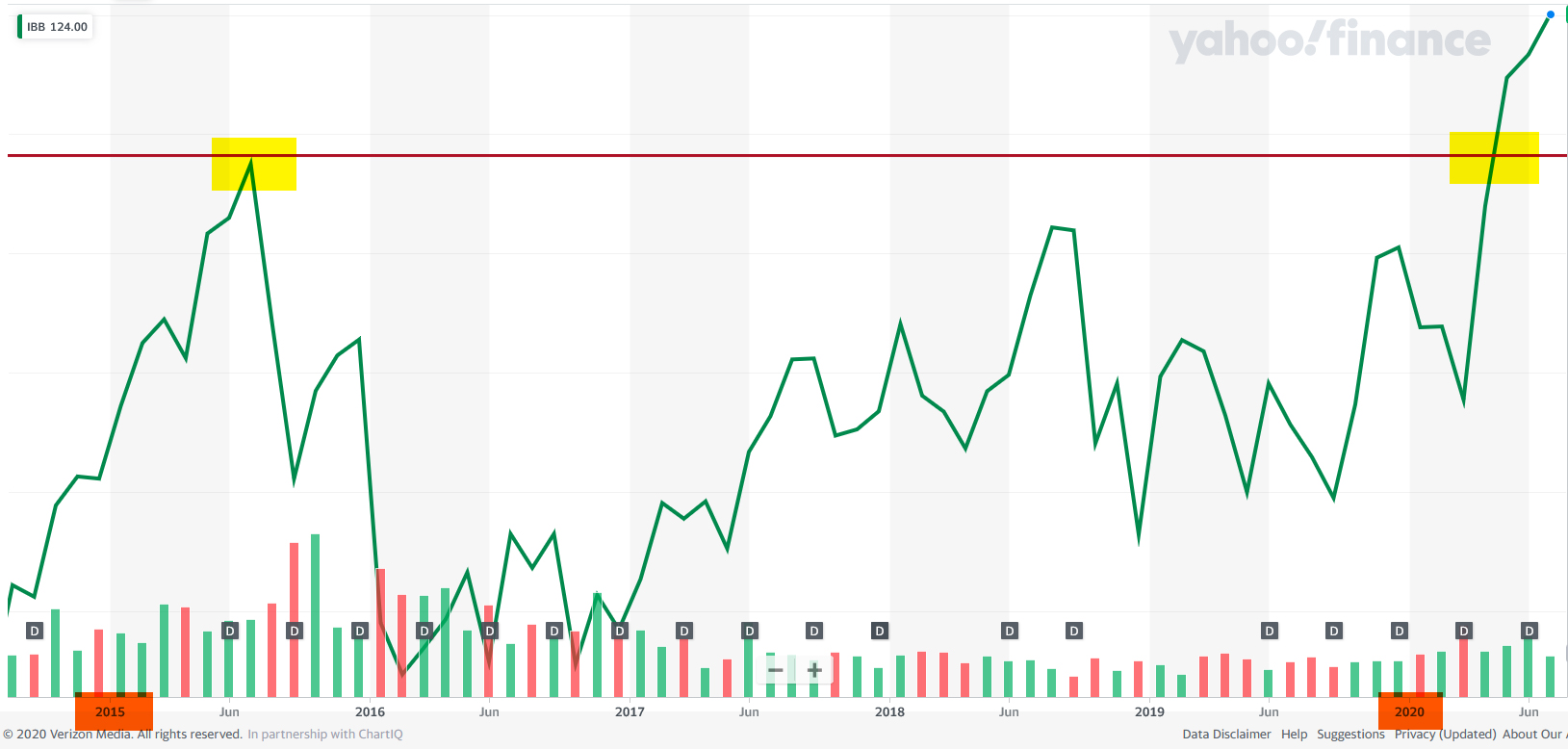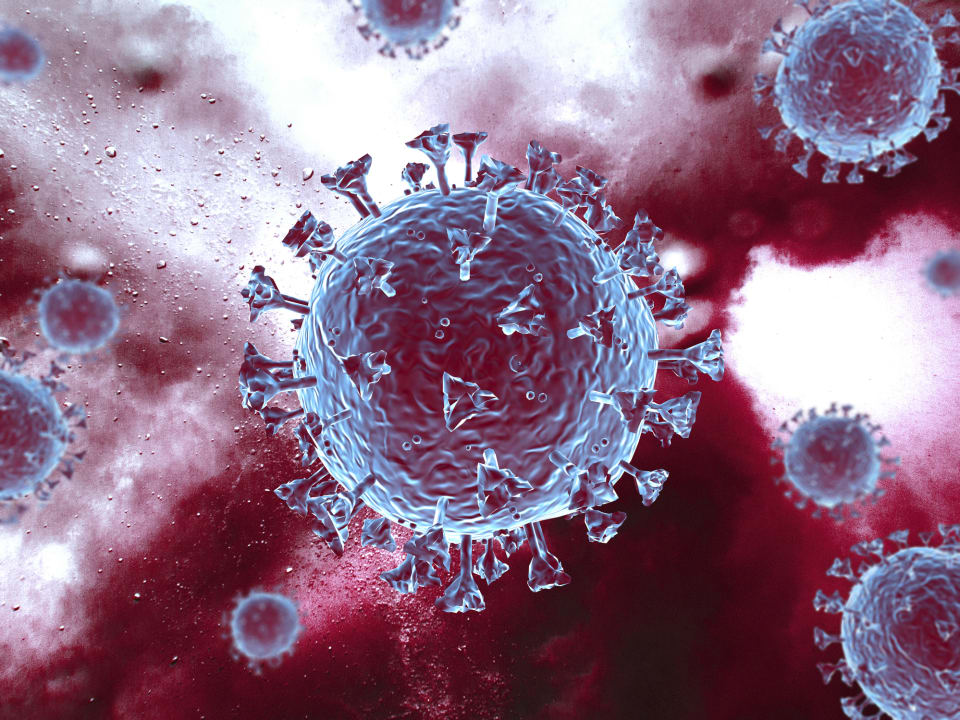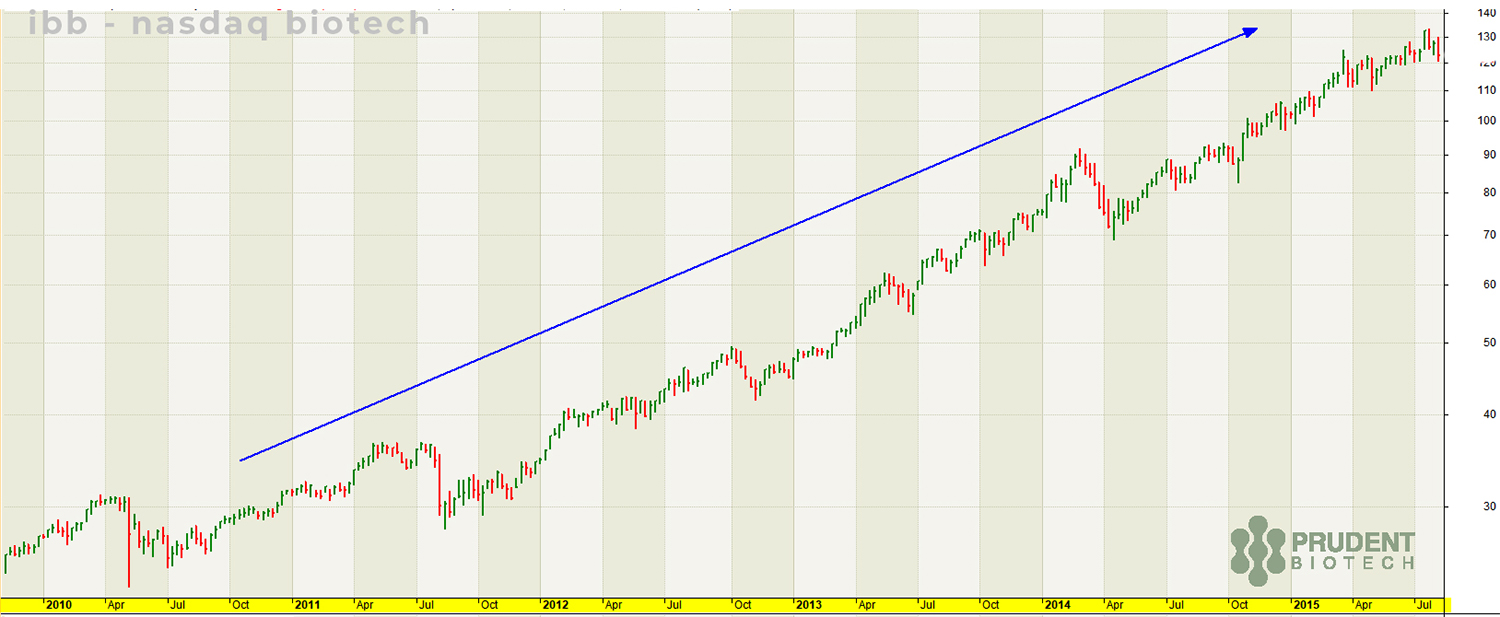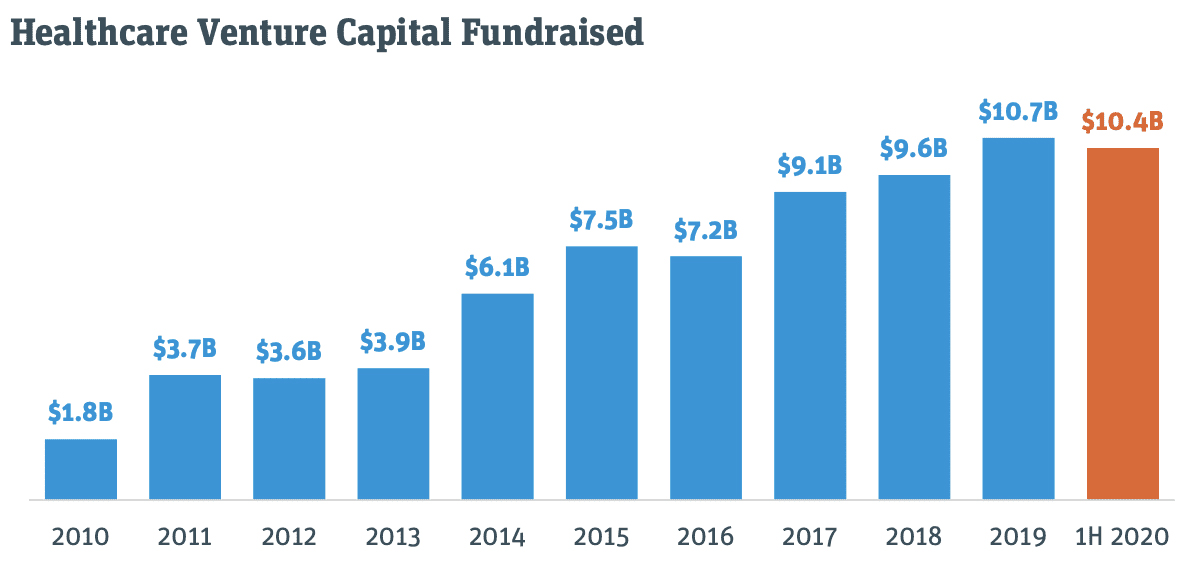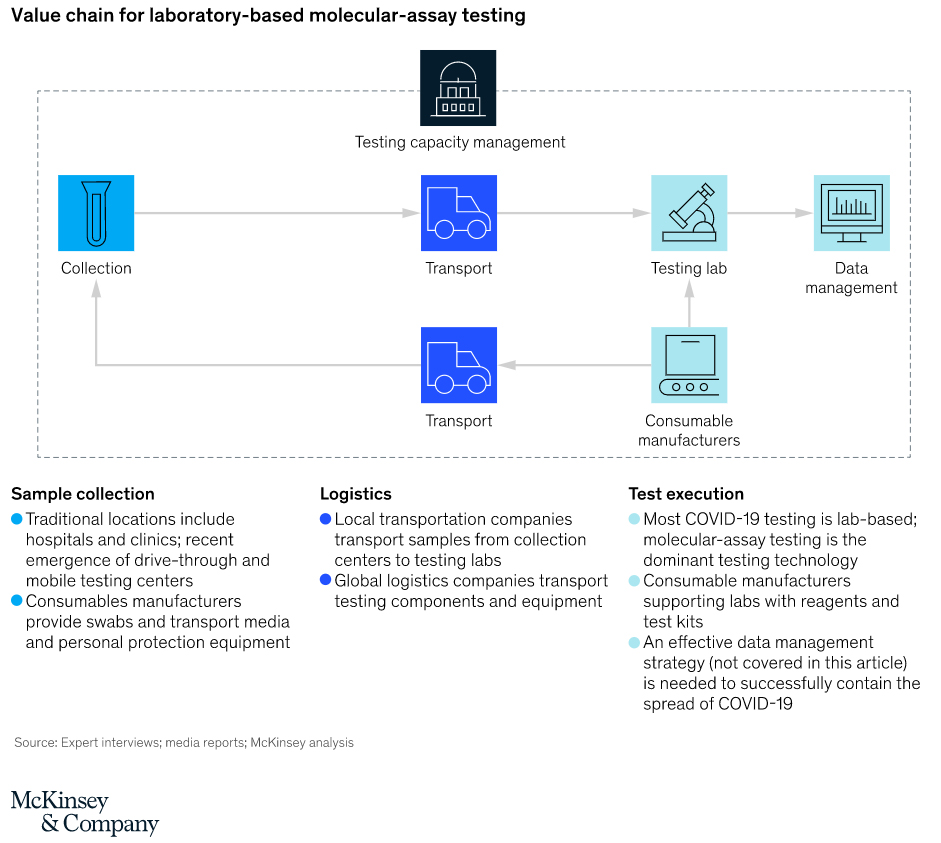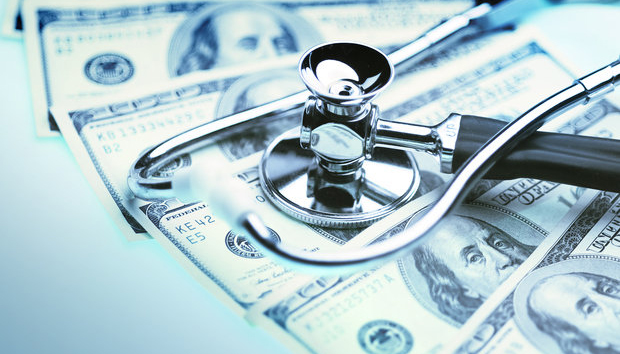Healthcare Pulse
Biotechs continue to be one of the leading healthcare groups and along with diagnostics represent two of the best segments of healthcare. The first half saw biotechs recover quicker from the March selloff than most of the market, and reach a milestone that took 5 years to achieve. The Nasdaq Biotechnology Index (IBB) finally made a new high after 5 years, eclipsing the level set in July 2015.
At the beginning of the year in the Biotech Bonanza 2020 Outlook, a strong case was made for biotech exposure:
"The fundamentals for biotechs are stronger than in 2019 as science continues to deliver, acquisitions have acquired a level of urgency, and there is plenty of risk capital to fund biotechs... which are on a trajectory that we believe will finally take the group to an all-time high in the first half." Biotech Bonanza 2020 Outlook, Jan 2020
But that was before the pandemic. The paralyzing viral outbreak that has swept the planet, costing trillions in output and gumming up the wheels of the global economy has also created a confluence of events so very favorable for biotechs that it will continue to push the sector higher up the golden arc.
Biotechs continue to be one of the leading healthcare groups and along with diagnostics represent two of the best segments of healthcare. The first half saw biotechs recover quicker from the March selloff than most of the market, and reach a milestone that took 5 years to achieve. The Nasdaq Biotechnology Index (IBB) finally made a new high after 5 years, eclipsing the level set in July 2015.
At the beginning of the year in the Biotech Bonanza 2020 Outlook, a strong case was made for biotech exposure:
"The fundamentals for biotechs are stronger than in 2019 as science continues to deliver, acquisitions have acquired a level of urgency, and there is plenty of risk capital to fund biotechs... which are on a trajectory that we believe will finally take the group to an all-time high in the first half." Biotech Bonanza 2020 Outlook, Jan 2020
But that was before the pandemic. The paralyzing viral outbreak that has swept the planet, costing trillions in output and gumming up the wheels of the global economy has also created a confluence of events so very favorable for biotechs that it will continue to push the sector higher up the golden arc.
Market Moves Higher and The Economy, Well,
Will Eventually Follow
The market has concluded that the economy will come around, be it this quarter or next or even the following year. In the meantime, while it waits, the market is surfing the tsunami of fiscal stimulus. And in an irony, the worse the pandemic gets, the more stimulus it triggers. When there is a second wave of viral infections, there will be a second wave of the stimulus. The renewed stimulus will continue to at least support the stock market, if not extend the rally further, even though the worsening pandemic weakens the economic rebound.
The recession and the market decline did correct a major technical concern for the stock market. The longest bull market worry is gone, and a new bull market has been born.
The market's optimistic outlook of a glass-half-full has allowed it to look past the rising daily cases of infections, which have eclipsed the previous record from March 2020. The next big move for the market can occur when the total infections peak and begin to decline. The market will view that as leading to the second wave of an economic rebound.
The fiscal stimulus and the record-low cost of capital will continue to spur risk-taking. The high debt levels that the government incurs is not a concern for the market. In fact, the pandemic may have given a template to shrink future recessions. Throw trillion-dollar stimulus packages to rekindle growth without worrying about deficit.
Amidst all the stimulus, it is easy to drown the truth that the recovery path is highly uncertain in no small part due to an ineffective pandemic response which has made the US worse off than many other developed nations. A slower recovery is resulting in a significant and growing cost to the treasury, corporates, people, and the economy. The stimulus and the Federal Reserve's backstopping of the credit markets have avoided a mushrooming of the personal and corporate bankruptcies and economic devastation, at least for now.
The second stimulus plan expected to be in place by next month will extend the runway further giving more time to the economy to eventually stage a rebound. The worse will probably occur when the ebbing doses of stimulus expire before a strong and durable economic rebound. This possibility can happen later this year.
However, attempting to forecast the path of the economy is nothing but guesswork at this point, simply because of the many unique variables and potential scenarios. It's like peering into a dark well.
Earlier this month during an earnings call, JPMorgan Chairman & CEO Jamie Dimon noted :
"In a normal recession unemployment goes up, delinquencies go up, charge-offs go up, home prices go down; none of that’s true here...savings are up, incomes are up, home prices are up. So you will see the effect of this recession...you’re going to have a much murkier economic environment going forward than you had in May and June.” Jamie Dimon, Chairman & CEO, JPMorgan
The market outlook can brighten immensely when successful vaccine outcomes and targeted treatments are announced, a possibility that can occur in the fourth quarter.
This brings us to healthcare and...
The Era of Biotechs
The biotech group is not only benefiting from the white knight status of being the only industry group, along with pharmaceuticals, that can deliver a solution to the pandemic, but also from a growing risk appetite spurred by a prolonged low cost of capital.
In the past, we had highlighted the relationship of biotechs doing best in a prolonged period of low-interest rates. We have entered such a zone this year.
When the fed funds rate (2010-2015) was flat after a downward bias...
Now, as we have entered another prolonged period of low-interest rates, the Nasdaq Biotechnology Index finally made its first new high in 5 years, eclipsing the one set in mid-2015.
It doesn't mean there is a perfect causal relationship between interest rates and biotech performance. But at the very least, the correlation underscores the existence of a highly favorable macro environment for biotechs that should now persist for longer than just 2020.
As we had noted in our January 2020 outlook:
"Perhaps, it is the beginning of a similar longer-term sustained rally [as the one that ended in 2015 which saw the index soaring 400% over 6 years.]"
In a stable economy, low-cost money attracts risk-taking. Biotechs are well-positioned to attract such risk capital. In the private market, biopharma venture capital funding has surged this year, almost matching last year's total in just the first half.
Biopharma Venture Cap Investing, Source: Silicon Valley Bank
Such private and public risk capital finds it hard to race into many other industries at the same pace because of the uncertainty of business models during a time when the pandemic has the upper hand. However, even though trial delays will continue to occur, biotechs are relatively less impacted.
Vaccines and Treatments
Each piece of positive milestone news in the vaccine development is a jolt of adrenaline for the market. Key players, including Moderna (MRNA), Pfizer (PFE) and BioNTech (BNTX), AstraZeneca (AZN) and Oxford, Johnson & Johnson (JNJ), Merck (MRK), and Novavax (NVAX), to name a few well-funded Western players, will continue to have major progress updates in the months ahead. These multiple efforts are crucial for vaccine development which is a road littered with failures. Emergent BioSolutions (EBS) remains a primary outsourcer for vaccine manufacturing while developing its treatment. There are many interesting smaller companies, like Inovio (INO), CureVac (CVAC), Arcturus (ARCT), Vaxart (VXRT), and Altimmune (ALT) to name a few, with vaccine programs as well. But strong funding access is just as important as good trial results and it remains to be seen which companies will still remain with viable programs, combining both results and funding, by the end of the year.
Many dedicated viral treatments are being developed and some of the notable ones include the monoclonal antibody treatments from Regeneron Pharmaceuticals (REGN) and Vir Biotechnology (VIR), which is also collaborating with Alnylam Pharmaceuticals (ALNY) to use its platform to develop siRNAs for COVID-19 therapeutics. Regeneron earlier this month moved into Phase 2/3 trials, while Vir is expected to begin Phase 2 in August. Gilead's (GILD) repurposed Remdesivir remains the only approved treatment at this time.
Testing Companies & Suppliers
Testing Companies & Their Suppliers
Sensible preventive measures and a wide testing net are two critical blocks of an effective pandemic management response. When done in tandem, they assist in shrinking the viral footprint, still facing risks of flash outbreaks but not crippling blows. Two main testing technologies are being used. Molecular assays, which trace for the COVID-19 viral material in a sample, and immunoassays, which track for specific antigens or antibodies known to be triggered by the virus and are thus look-back tests identifying people who were infected and recovered. In mid-July, management firm McKinsey estimated the US capacity at 3 million to 3.5 million weekly tests, well below the 6 million weekly tests for an economy to open partially. For an economy to be fully reopened, it is estimated that a capacity of 20 million daily tests should exist. This is way beyond the country's present capacity.
COVID-19 Molecular Testing Process
The above exhibit highlights the complexity of the testing environment. Constraints to capacity exist at different supply points from more front-line activities like sample collection to back-end processes like the availability of chemical reagents in the lab. McKinsey estimates 20 different reagents and consumables are required for executing a test. And many of them are supply-constrained. That is why there is no magic wand solution to quickly get testing to a 6 million weekly level and higher. A few prominent testing companies and suppliers include Quidel (QDEL), Abbott (ABT), Becton Dickinson (BDX), Luminex (LMNX), Thermo Fisher Scientific (TMO), OPKO Health (OPK), PerkinElmer (PKI), Qiagen (QGEN), GenMark Diagnostics (GNMK), Fulgent Genetics (FLGT), Co-Diagnostics (CODX), Meridian Bioscience (VIVO), and numerous others.
A Subdued Regulatory Environment
Entering 2020, the biggest risk was a noisier and difficult regulatory environment as healthcare costs are a bipartisan issue and this being an election year. That risk diminished by the end of the first quarter as healthcare has acquired a savior's halo after being placed front-and-center in the pandemic response. President Trump's executive orders last week on drug rebates, insulin, and importation are just low wattage orders that do not move the needle materially on the drug pricing issue and will get tied up in courts. The regulatory environment will remain mild for the remainder of the year and even most likely through most of next year as attention remains diverted until the pandemic has been overcome.
Conclusion
Last month, the prominent Nasdaq Biotechnology Index finally rose to its first new high in five years. Highs that occur after such long periods represent a very meaningful shift in sentiment and can last for many months and years, auguring well for consistent long-term gains.
The intrinsic fundamentals of biotechs have never been better as science continues to push new frontiers. Furthermore, the ability of biotechs to manage their business models in a relatively more effective manner during the pandemic than most other industries is a significant benefit and provides a level of comfort, similar to technology, during unprecedented economic uncertainty. The biotechs are also not earnings-driven, but expectations-driven, and with so many vaccines and treatments lining-up, there will be no dearth of news, and quite a bit of it positive.
At the beginning of the year, we anticipated the Nasdaq Biotech Index to rise 10%, but now with regulation risk diminished and the pandemic providing an impetus to biotech valuations, we believe the index will be up 20% in 2020.
A few promising biotechs and healthcare companies, some of which may be now or in the past part of the Prudent Healthcare or Prudent Biotech or the Smallcap model portfolios, include Regeneron Pharmaceuticals, Amgen (AMGN), Vertex Pharmaceuticals (VRTX), Alnylam Pharmaceuticals (ALNY), Seattle Genetics (SGEN), Moderna, Vir Biotechnology, BioMarin Pharmaceutical (BMRN), Emergent BioSolutions, BioNTech, TG Therapeutics (TGTX), Immunomedics (IMMU), Macrogenics (MGNX), Crispr Therapeutics (CRSP), Mersana Therapeutics (MRSN), Novavax, Akero Therapeutics (AKRO), Biohaven Pharma (BHVN), Livongo Health (LVGO), Karuna Therapeutics (KRTX), Halozyme Therapeutics (HALO), Principia Biopharma (PRNB), Trillium Therapeutics (TRIL), Celldex (CLDX), Five Point Therapeutics (FPRX), Ideaya Biosciences (IDYA), Quidel, Luminex, OPKO Health, Akebia Therapeutics (AKBA), NeoGenomics (NEO), Vapotherm (VAPO), Covetrus (CVET), and Meridian Biosciences. Industry exposure can also be acquired through ETFs like the one tracking the Nasdaq Biotech Index and another tracking the S&P Biotechnology Select (XBI). Biotech investing is volatile and high-risk. Investors should pursue a concrete investment strategy preferring a portfolio approach by investing in a basket of promising biotech companies that can assist in managing risk and overcoming mistakes.

